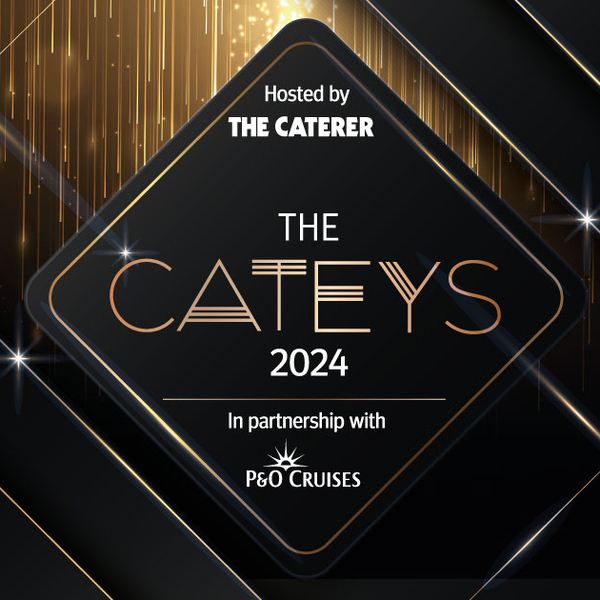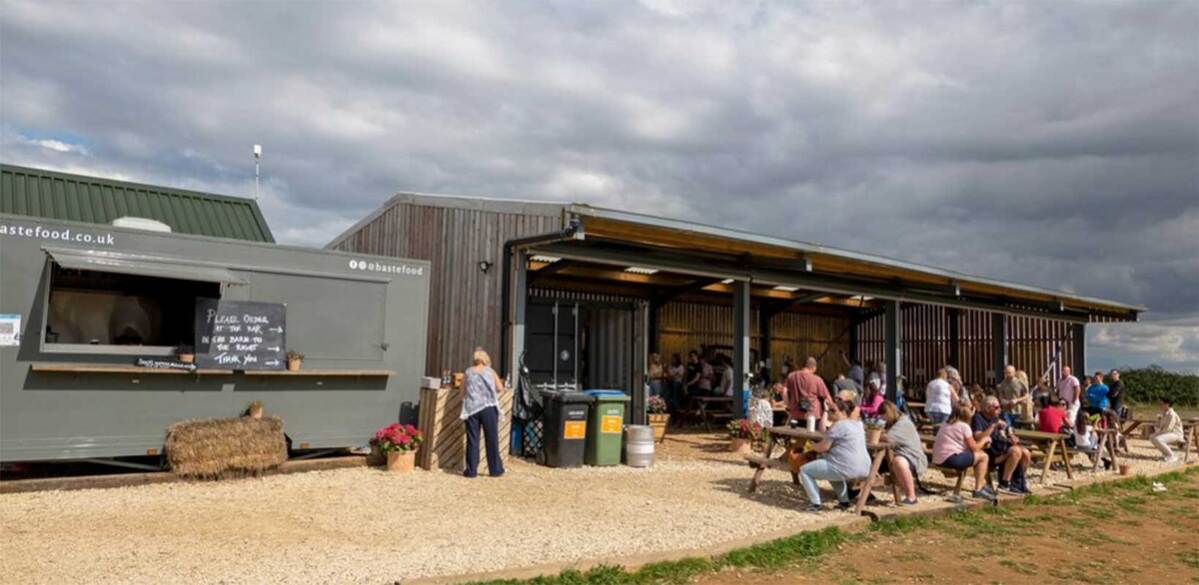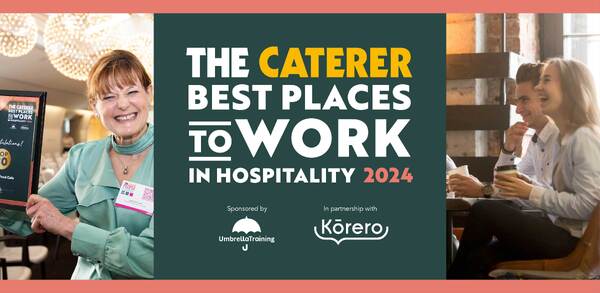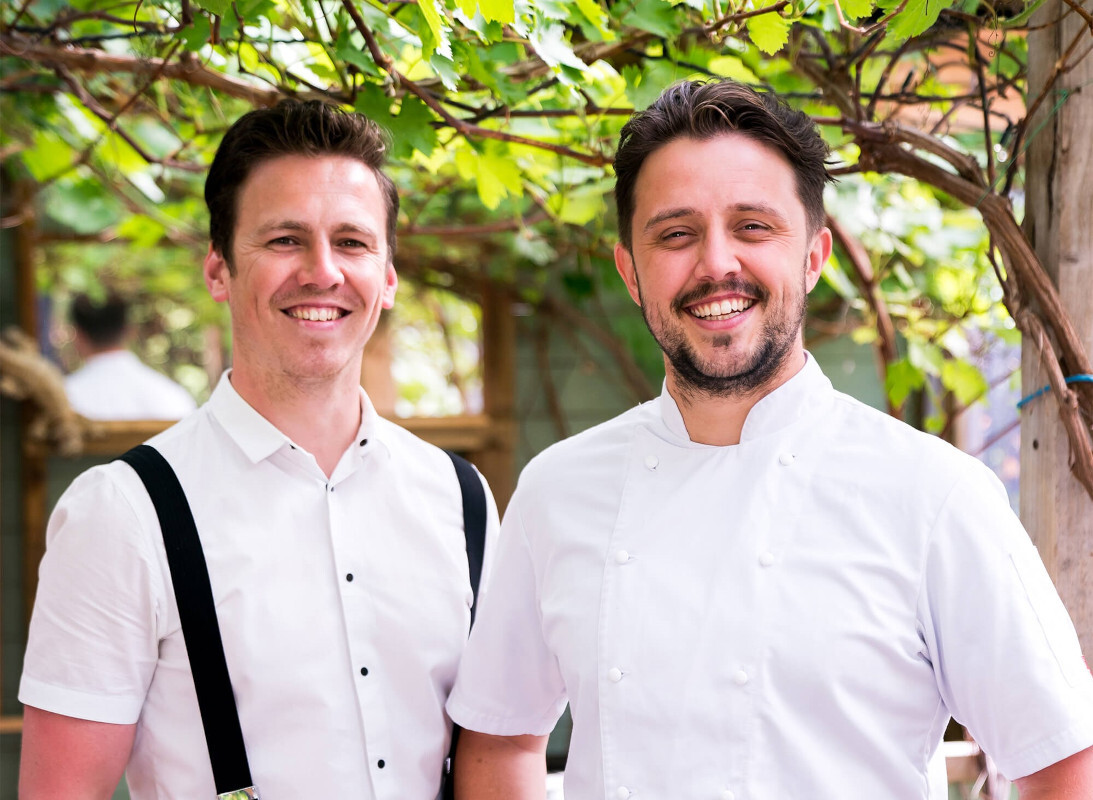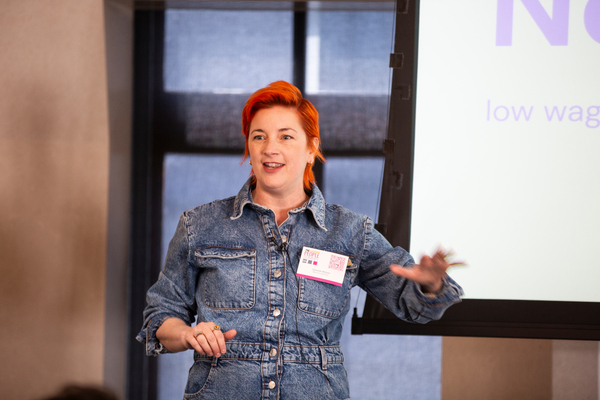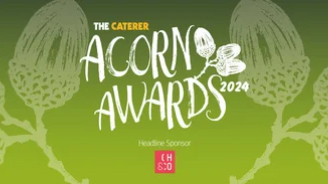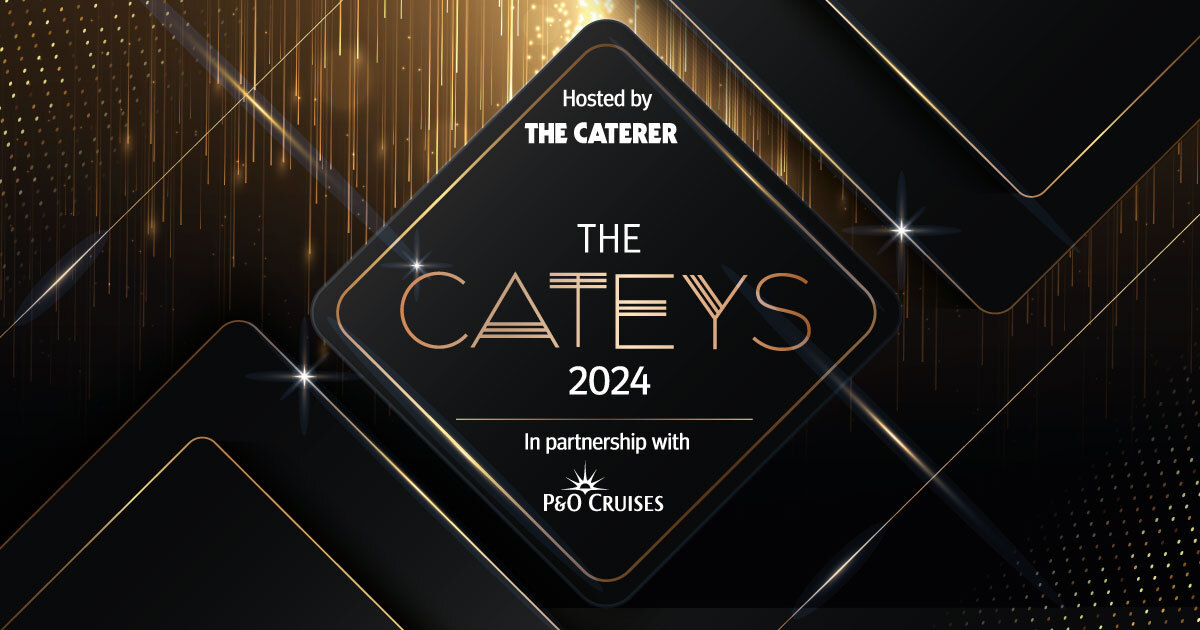Braise of glory
Chefs generally don't need to get involved with the subtleties of language, but the word "braising" does need some kind of explanation.
It is not a term used only in a technical sense, nor is it static. The meaning it is given by modern British cooks such as Phil Vickery and Gary Rhodes will have Escoffier-trained stalwarts steaming under their bleached white collars.
Originally, braising was a technique which involved putting hot coals, embers or whatever, on the lid of a pan, so its contents were surrounded by heat. The old braisières were pans with lids which had a raised rim to keep the coals in place.
They were similar to the daubières, a type of casserole, except they were made from stoneware or earthenware rather than copper.
By Escoffier's time, braising had become more sophisticated because ovens had improved.
The main ingredient to be braised went into a pot with a tight-fitting lid and stewed away gently until it became tender. Usually the amount of liquid went two-thirds of the way up the side of the joint, so that it was part-steaming, part-poaching.
In days when fat wasn't a dirty word, the red meats were larded and often, to tenderize them, marinated for several hours before cooking.
There were two main kinds of braising. Either the main item was browned before cooking, à brun, or not, à blanc. The cooking liquor always formed the basis of the sauce which was often thickened.
To complicate matters there was also an all-purpose stock (of which Larousse Gastronomique disapproved) called a braisière.
In the hands of Phil Vickery of the Castle Hotel, Taunton, Somerset, the meat is neither larded nor marinated. It is not browned or sautéd, and it doesn't go into a special pan. He covers it in liquid and puts it in the oven, rather than on top of the stove.
Braised meats used to be firm, but tender. Vickery's you can eat with a fork. This makes it closer in texture to the daubes which were cooked for hours.
On the other hand, the flavour of the stock in which it simmers is critical. This is prepared in advance as for, say, a boeuf à la ficelle.
Vickery describes the recipe as "very simple". It is just that in one sense. It is very safe and practical cooking method, with its own built-in quality control. There's little to go wrong during service.
Every component part is prepared in advance and better for it. The closest relation to this modern braised lamb is Victorian boiled mutton. The lamb retains its flavour, but it is the taste of meat which has been cooked thoroughly, not of pink lamb.
The method with minor changes would be ideal for ox cheek, some furred game, duck or even pork.
Vickery confides he has never tried braised oxtail because he thinks that Gary Rhodes, his predecessor at The Castle, made it his signature dish.
Perhaps this is so, but the hotel's director Kit Chapman must take his share of the credit. He encouraged his protégés to rediscover slow cooking at a time when no chic chef would touch a recipe unless it involved à la minute cooking and lots of blood.
